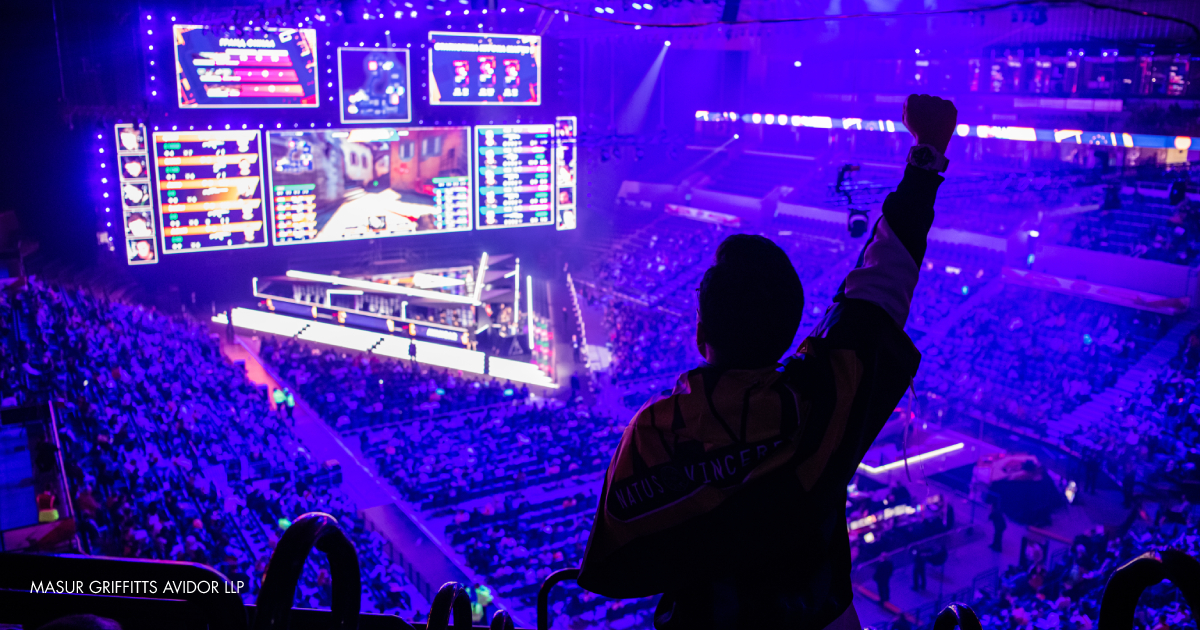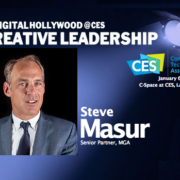Influencers and Best Practices for Transparent Online Marketing
By: Jon Avidor
Social media platforms are some of advertisers’ most effective mediums for promoting their products and brands to audiences across the globe. We Are Social and Hootsuite reported as of January 2018 that, of the 7.593 billion people on this Earth, 4.021 billion are Internet users and 3.196 billion are social media users. Facebook’s 2.167 billion active users, YouTube’s 1.500 billion active users, Instagram’s 800 million active users, and Twitter’s 300 million active users, coupled with each of those network’s extensive analytics suites and cost-effective and easy-to-use content promotion tools, creates ripe market conditions for advertiser’s to leverage the instantly-accessible and dynamic nature of social media to get their content in front of the eyeballs of brand loyalists and engage potential purchasers who have been demographically honed with the help of the platform. Another facet is paid promotion by celebrities and social media influencers, which involves brands leveraging the goodwill of public or semi-public figures and their target-rich followings, as well as by micro-influencers who have smaller followings but focus on a specific marketing vertical that would allow brands to tap into an even more engaged audience. Anyone can be a social media influencer with enough reach. To this, journalist Emily Nussbaum says, “In essence, every young person in America has become, in the literal sense, a public figure. And so they have adopted skills that celebrities learn in order not to go crazy: enjoying the attention instead of fighting it—and doing their own publicity before somebody does it for them.” Everyone knows that brands pay for television commercials or full-page magazine ads but, if done seamlessly, it’s often less clear to consumers whether products or services promoted on social media have been featured by a public figure because of their genuine affinity for the product or because it was a paid endorsement, which creates a novel problem from a consumer protection standpoint where truth in advertising is not as obvious.
To prevent consumer-confusion between sponsored content and an influencer’s legitimate and independent endorsement of a product or brand, the Federal Trade Commission (FTC), the government regulatory agency primarily concerned with prohibiting “unfair or deceptive acts or practices in or affecting commerce,” published guidelines for how brands and social media users should disclose sponsored content on social media. The FTC’s Policy Statement on Deception states that “a representation, omission, or practice is deceptive if it is likely to mislead consumers acting reasonably under the circumstances and is material to consumers – that is, it would likely affect the consumer’s conduct or decisions with regard to a product or service.” The main requirement for all advertising, whether native or online, is that the ad meets the FTC Act’s “clear and conspicuous” requirement, which directs advertisers to disclose truthful and necessary information about their products or brands to consumers in such a way that consumers can “actually perceive and understand the disclosure within the context of the entire ad.”
FTC Best Practices For Disclosure on Popular Social Media Platforms
| YouTube | |
| Do – Include a video overlay at the beginning of the video with disclosure of sponsored content – Verbal disclosure is also recommended – Include sponsorship information above “show more button |
Don’t – Be unclear in disclosure. For example, a simple “thank you” to the sponsoring brand is not enough to let viewers know that the content is sponsored or that the onscreen talent has been compensated either financially or via product – Only use paid promotional tools |
| Do – Place the disclosure at the beginning of the description and before the “more” button – Use hashtags #paid, #sponsored or #ad to disclose the partnership – Use phrase “sponsored by” and tag the sponsoring brand in the description – Include disclosures on Instagram Stories as well as photos |
Don’t – Only use ambiguous hashtags like #collab #ambasador #thanks[brand] – Include disclosure in a comment instead of in the post description – Use paid partnership tag only |
| Do – Use hashtags #paid, #sponsored or #ad to disclose the partnership – Use phrase “sponsored by” and tag the sponsoring brand in the description – If sponsored content is a video, include an overlay at the beginning that clearly discloses the sponsorship in addition to a verbal mention – Include proper disclosure when using the built-in branded content |
Don’t – Only use ambiguous hashtags like #collab #ambasador #thanks[brand] – Only rely on built-in sponsorship indicator tools |
| Do – Include #ad or #paid hashtags – Tag sponsoring brand when applicable |
Don’t – Place disclosure at the end of a sponsored tweet |
A comprehensive list which includes other platforms and mediums such as blogging can be found here.
There is one big problem with these guidelines: endorsers are not following them. One source estimates that 32 of the top 50 celebrities followed on Instagram featured a sponsored post over a four-week period in May 2017, and of those posts, 93% did not meet the FTC guidelines. In April 2017, the FTC issued a warning letter to 90 celebrities, brands, and other online influencers for failing to properly disclose endorsements on their Instagram posts. In these instances, many of the violations centered on improper citing, such as not including tags in photos, lack of disclosures, and misplacement of hashtags denoting that the post is either paid for or an ad. The FTC is prepared to bring even individual representatives to court, which indicates that ignorance of their guidelines will no longer be a viable excuse. Instead, celebrities and influencers are widely cautioned to comport with their guidelines before posting any sponsored content. The FTC has teeth and has shown it’s prepared to enforce its guidelines on brands and influencers:
- In 2015, the FTC settled a case with Machinima in connection with Xbox One videos in which the company paid two YouTubers $15,000 and $30,000 for producing videos that generated 250,000 and 730,000 views, respectively, and paid a larger group of influencers $1 for every thousand video views, for up to a total of $25,000, in all instances not requiring disclosure of the paid endorsement.
- In 2016, the FTC settled a case with Lord & Taylor for failing to disclose that it paid for native advertising and provided 50 online fashion influencers with a dress from its Design Lab collection worth thousands of dollars in exchange for posting Instgaram pictures of themselves wearing the dress.
At what point in a highly publicized marketing campaign do the FTC’s requried disclosures become redundant or unnecessary because the press attention or marketing clearly and conspicuously acknowledge a brand-celebrity collaboration? For example, in mid-August, it was reported that Serena Williams struck a deal with designer Virgil Abloh of Louis Vuitton and Off-White to collaborate on a Williams-inspired collection for Nike, which was highly publicized in the press. While Serena did tag @Nike, @nikewomen, @Nikecourt, and @virgilabloh in a Twitter post promoting the collaboration, she did not hashtag #ad or #paid. I would argue that Serena’s tweet was not deceptive or misleading to consumers given the extensive publicity surrounding the collaboration and her tagging the brand and collaborators, even if she failed to provide the proper hashtags indicating what was likely sponsored content.
Undoubtedly, celebrities have assistants or publicists who manage their online presence so their non-compliance isn’t out of laziness. Online influencers and micro-influencers may or may not have similar resources but social media marketing is their business so it’s unlikely they are ignorant to these advertising rules. So what’s causing the non-compliance? Perhaps these public figures fear that by constantly hashtagging #ad or #paid or otherwise alluding to sponsored content will give their followers the “clear and conspicuous” that their opinions, and they themselves, are bought and sold. Would their fans rather their timelines and feeds appear genuine or spammy, regardless of the origin of the content? That said, until the FTC reevaluates its requirements in light of brand development considerations, it’s clear that the FTC is intent on enforcing its guidelines in order to promote truth and transparency in consumer advertising.









